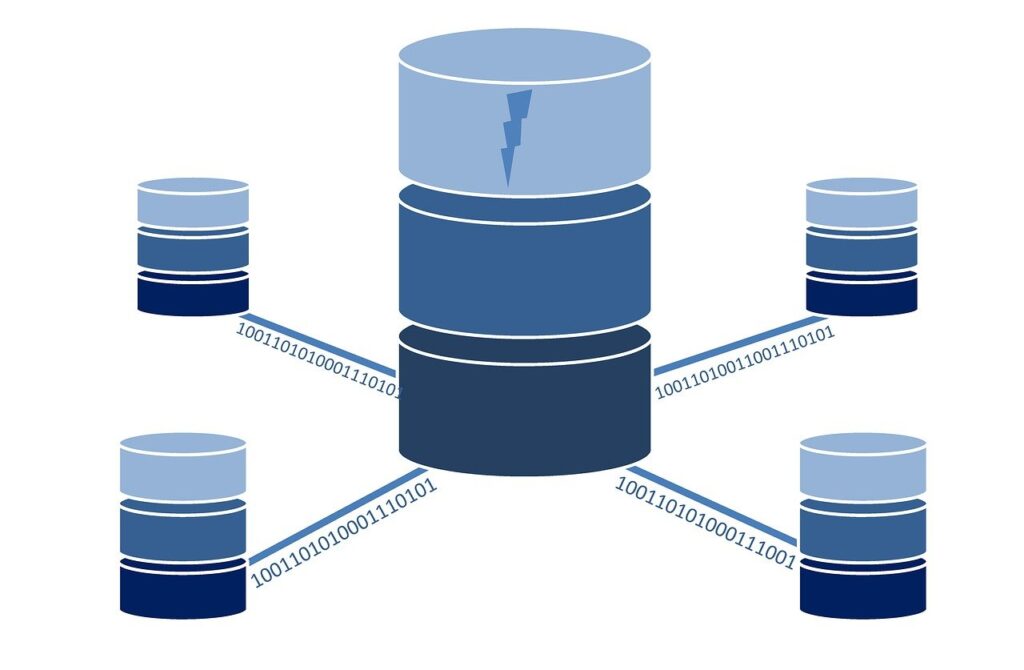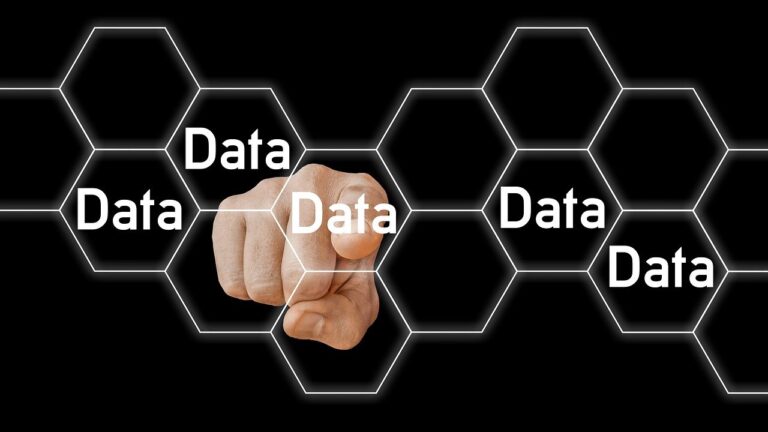Introduction
Mastering MongoDB requires a comprehensive understanding of its architecture, features, and best practices. MongoDB is a popular NoSQL database known for its flexibility, scalability, and performance. This roadmap is designed to guide you through the process of mastering MongoDB, covering everything from the basics to advanced topics.
1. Understanding MongoDB Basics
1.1 Introduction to NoSQL Databases
- Concepts: Understand the differences between NoSQL and SQL databases. Learn about document-oriented databases, key-value stores, column-family stores, and graph databases.
- Use Cases: Identify scenarios where NoSQL databases are preferable, such as handling unstructured data, scaling horizontally, and managing large volumes of data.
1.2 MongoDB Overview
- History: Learn about the origins and evolution of MongoDB.
- Architecture: Understand MongoDB’s document model, where data is stored in BSON (Binary JSON) format. Explore its collections, documents, and how data is organized.
- Installation: Install MongoDB on various operating systems including Windows, macOS, and Linux. Set up MongoDB in a local development environment.
1.3 Basic Operations
- CRUD Operations: Learn how to create, read, update, and delete documents using MongoDB’s query language.
- Create: Use
insertOneandinsertManyto add documents. - Read: Use
find,findOne, and query operators. - Update: Use
updateOne,updateMany, and the update operators ($set,$inc,$push). - Delete: Use
deleteOneanddeleteMany.
1.4 Data Modeling
- Document Structure: Understand how to design a schema-less data model using embedded documents and references.
- Normalization vs. Denormalization: Learn when to use embedding (denormalization) versus referencing (normalization) for data storage.

2. Advanced MongoDB Features
2.1 Indexing
- Purpose of Indexes: Understand how indexes improve query performance by allowing MongoDB to quickly locate data.
- Types of Indexes: Learn about single field, compound, multi-key, geospatial, text, and hashed indexes.
- Index Creation and Management: Use commands like
createIndex,dropIndex, andlistIndexes. Analyze index usage withexplain().
2.2 Aggregation Framework
- Aggregation Pipeline: Explore how MongoDB’s aggregation framework processes data through a pipeline of stages.
- Stages: Learn about stages like
$match,$group,$sort,$project,$lookup, and$unwind. - Operators: Use operators like
$sum,$avg,$min,$max,$push, and$addToSet.
2.3 Transactions
- ACID Transactions: Understand how MongoDB provides multi-document ACID transactions starting from version 4.0.
- Using Transactions: Learn how to implement transactions using
startSession,withTransaction, and handling errors and retries.
2.4 Sharding and Replication
- Sharding: Learn how MongoDB distributes data across multiple servers to handle large datasets and high-throughput operations.
- Shard Keys: Understand how to choose an appropriate shard key.
- Config Servers and Mongos Routers: Learn about their roles in a sharded cluster.
- Replication: Understand how MongoDB replicates data across multiple servers to ensure high availability.
- Replica Sets: Learn about primary and secondary nodes, elections, and read preferences.
- Failover and Recovery: Understand how MongoDB handles node failures and data recovery.
2.5 Security
- Authentication: Learn how to implement user authentication using MongoDB’s built-in roles and custom roles.
- Authorization: Understand how to set up role-based access control (RBAC).
- Encryption: Explore encryption at rest and in transit, using TLS/SSL and MongoDB’s Encrypted Storage Engine.
3. Performance Optimization
3.1 Query Optimization
- Analyzing Queries: Use tools like
explain()to understand query performance. - Optimizing Queries: Learn about query patterns, using indexes effectively, and avoiding common pitfalls like full collection scans.
3.2 Data Modeling for Performance
- Schema Design: Design your schema to optimize for common queries and operations.
- Denormalization vs. Normalization: Balance between embedding and referencing to improve performance.
3.3 Monitoring and Profiling
- Monitoring Tools: Use MongoDB’s built-in tools and third-party solutions to monitor database performance.
- Profiling: Learn to use the database profiler to identify slow queries and optimize them.
4. Real-World Applications and Best Practices
4.1 Application Development
- Driver Integration: Learn to integrate MongoDB with popular programming languages and frameworks using official MongoDB drivers (Node.js, Python, Java, etc.).
- Error Handling: Implement error handling and retry mechanisms in your application code.
4.2 Backup and Restore
- Backup Strategies: Understand the different methods for backing up MongoDB data, including
mongodump,mongorestore, and filesystem snapshots. - Restoring Data: Learn how to restore data from backups and handle backup failures.
4.3 Scaling and Maintenance
- Scaling Strategies: Understand how to scale MongoDB horizontally and vertically.
- Maintenance: Learn best practices for regular maintenance tasks like index management, data compaction, and upgrade strategies.
4.4 Best Practices
- Schema Design: Follow best practices for schema design based on your use cases.
- Data Governance: Implement data governance practices to ensure data quality and compliance.
- Documentation: Keep your database schema and configuration well-documented.
Learning Resources
Books:
- “MongoDB: The Definitive Guide” by Kristina Chodorow
- “MongoDB in Action” by Kyle Banker
Online Courses:
- MongoDB University: Free courses on MongoDB fundamentals, aggregation, data modeling, and more.
- Coursera: Courses on MongoDB and NoSQL databases.
Documentation and Tutorials:
- MongoDB Official Documentation: Comprehensive and up-to-date resource for all MongoDB features and commands.
- MongoDB Blog and Forums: Stay updated with best practices, new features, and community discussions.
Practice and Projects:
- Build Projects: Apply your knowledge by building real-world applications using MongoDB.
- Contribute to Open Source: Participate in MongoDB-related open source projects to deepen your understanding.
Conclusion
Mastering MongoDB involves a journey through its basic and advanced features, understanding performance optimization, and applying best practices. By following this roadmap, you will develop a robust understanding of MongoDB’s capabilities and be able to effectively use it in real-world applications. The combination of theoretical knowledge and practical experience will equip you to tackle complex data challenges and harness the full power of MongoDB.



